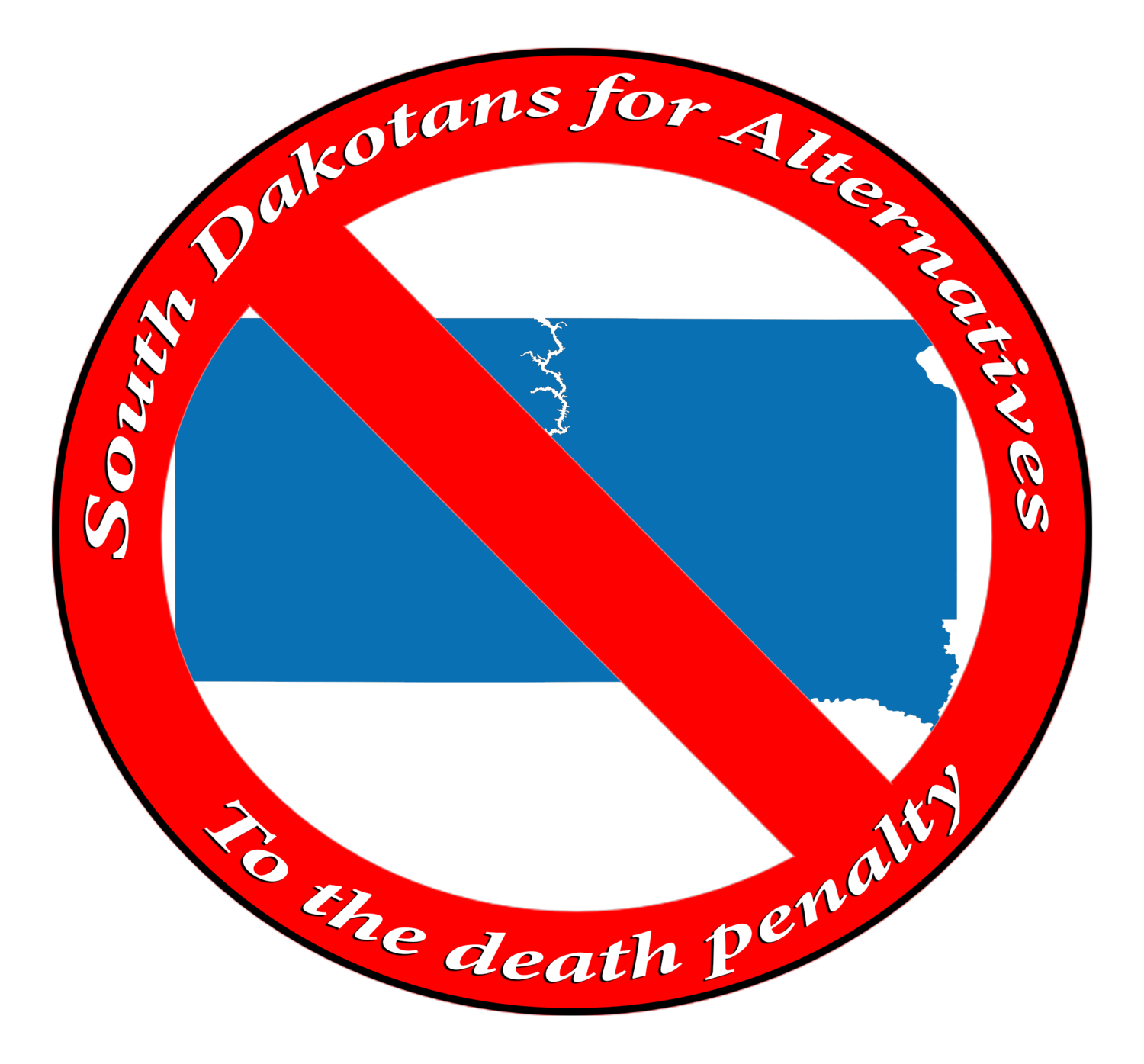Cost of the Death Penalty
In this economic climate, when our state is struggling to make ends meet, legislators should be searching more judiciously than ever for programs that are costing the state and our counties large sums of money but providing no real benefit to citizens. Despite the common misperception that the death penalty is a cheap alternative to life imprisonment without parole, cost studies across the United States have found otherwise. These studies have been conducted by research organizations, public defender offices, legislative committees, and the media. They have all found the same general conlcusion--the death penalty system is far more expensive than a system with life without parole as the maximum sentence.
The resources that are spent trying to put people to death could be used in ways that make South Dakota a better place to live. This money could go to increasing the resources of our police, creating victims' services programs, building and improving roads, improving our education systems, etc.
To view the Death Penalty Information Center's report on the costs of capital punishment and the priorities of police chiefs around the country, click here.
Why does the death penalty cost so much?
Most the costs come during the initial trial, which have been found to be as much as sixteen times the costs of comparable non-death cases. Cost studies in other states have found that the costs of the initial trial make up 49 to 86% of the total costs of the death penalty.
All capital trials that result in convictions in South Dakota are required by law to have two parts. The first part decides guilt or innocence. If the jury finds the defendant guilty, then there is another hearing to sentence the defendant. If the jury unanimously recommends death, then the defendant is given a death sentence. If at least one jury member does not recommend death, then the defendant is given a life sentence (which here in South Dakota means life without possibility of parole).
If the sentencing hearing results in a death sentence, then by law the case must be reviewed by the State Supreme Court, which results in more costs.
In addition to this, the individual convicted and sentenced to death has access to many appeals, to both his conviction and to his sentence, which delays the carrying out of the sentence. If we look at the two people currently on death row, Donald Moeller and Charles Rhines, it has been nearly two decades since their convitions. The only reason Elijah Page was executed after only six years is because he gave up his appeals voluntarily.
There are also incarceration costs. By law, every defendant sentenced to death in South Dakota must be segregated from all other inmates until execution, which as we have seen, may be a very long time.
Results of Recent Cost Studies
The California Commission on the Fair Administration of Justice (2008) found that California's death penalty system costs $125.5 million annually above the cost of a system with a maximum penalty of life incarceration.
A study of Maryland's death penalty system by the Urban Institute (2008) forecasted that the lifetime expenses of capitally-prosecuted cases since 1978 will cost taxpayers $186 million. This translates to at least $37.2 million per execution.
A report by New Jersey Policy Perspectives (2005) found that New Jersey's death penalty system cost taxpayers $11 million a year over the cost of an alternative system with life without parole as the maximum punishment. New Jersey abolished the death penalty in 2007.
A report by the Tennessee Comptroller of the Treasury (2004) found that death penalty trials cost 48% more than the average cost of trials in which the prosecutors seek life imprisonment.
The State of Kansas (2003) issued a report that found that capital cases are 70% more expensivethan comparable non-death cases. The study included all costs to execution or end of incarceration.
For more details on cost studies, click here.

